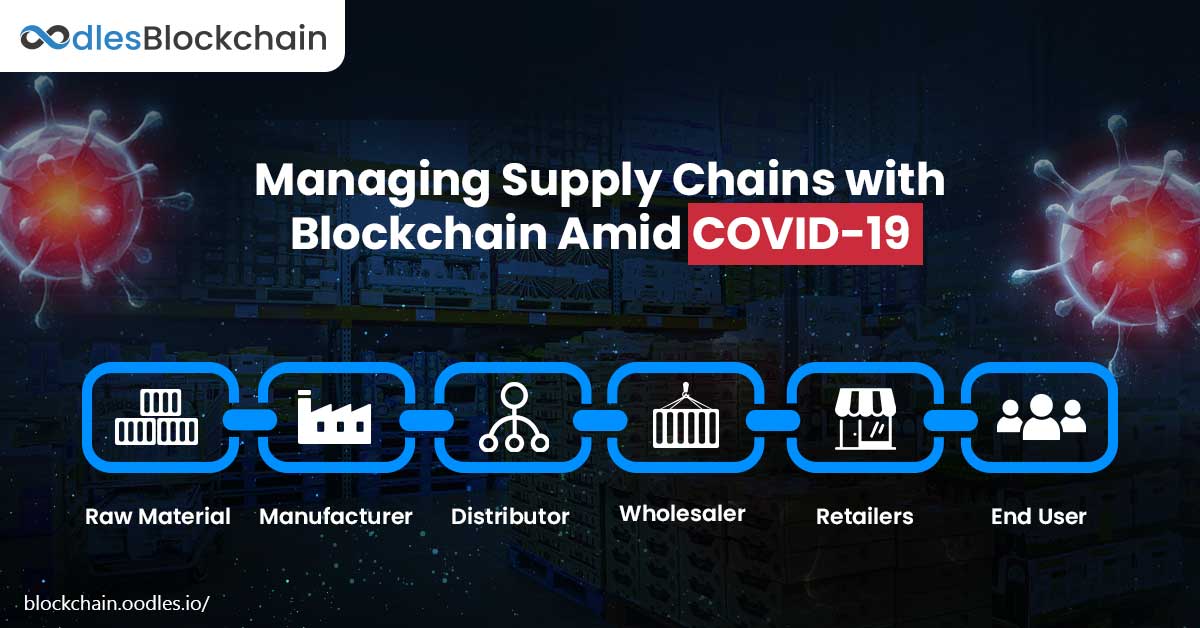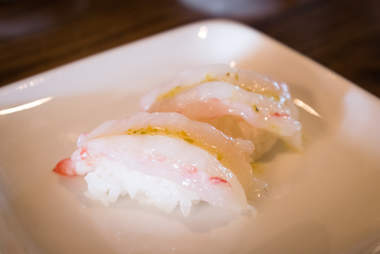This lesson talks about food chains and food webs in our environment.
The food chain is a series of living beings that depend on each other as a source of food. At the bottom of the food chain, the herbage, are the producers. All the other organisms above the producer are consumers. In economics, the food chain is the series of processes by which we grow, sell, and eventually consume food. Food Chains Examples. A food web is an illustration of the direct line of food source, starting with the lowest level of the food chain, which is often single-celled organisms or plant life, and advancing to the uppermost levels of higher mammals and other predators. Test your knowledge of food chains and food webs! If you're seeing this message, it means we're having trouble loading external resources on our website. If you're behind a web filter, please make sure that the domains.kastatic.org and.kasandbox.org are unblocked. Webster Industries is a supplier of trash bags, packaging materials and food contact products for commercial and industrial clientele. Its distributors include dollar stores, drug store chains and hardware chains. .
Food Chains
A food chain is a flow of energy from a green plant (producer) to an animal (consumer) and to another animal (another consumer) and so on. In this lesson we are going to talk all about food chains and food webs in the environment.
All organisms need energy to live. Energy is obtained from food. Green plants are the only organisms that can capture energy from sunlight and make their own food.
Try Food Chains Quiz 1 and Food Chains Quiz 2 at the end of the lesson to check your knowledge about food chains and food webs.
A green plant should always be the first link of a food chain. Green plants are the only organisms that can directly get the sun’s energy and make their own food through a process called photosynthesis.
Example of a food chain with one link
Green plants are the best producers in the environment
Herbivores are animals that only feed on plants.
Elephants are examples of herbivores | A wallaby is an example of a herbivore |
Omnivores are animals that eat a variety of food of both plant and animal origin.
A cat is an example of an omnivore | A squirrel is an example of an omnivore |
Carnivores and Top Predators in food chains
Carnivores are animals that only feed on other animals.
What are top predators?
Carnivores are also known as the top predators as they are at the highest point of the food chain. Top predators have a little or no enemies. They usually consume all lower levels and are not consumed by any other animals until they die.
Lions, tigers, crocodiles, eagles are the best examples of top predators.
A crocodile is an example of a carnivore | Meerkats are examples of carnivores |
Some other examples of top predators in food chains
Lion is a best example of a top predator |
Prey
What is a prey in a food chain?
Prey is an animal that a predator feeds on. For example, a lion feeds on a zebra. So, the zebra is the prey of the lion.
All animals depend on plants directly or indirectly for food and energy.
A chart that shows direct and indirect consumers

Primary Consumers in food chains
Primary consumers are the second link of a food chain. They are usually herbivoresthat eat green plants or sometime omnivoresthat eat both plants and animals.
Let’s look at some types of food chain in the examples below.
The green plants are the food of all herbivores that are primary consumers.
Food chain diagram: Example of a food chain with two links
Example of a food chain with two links showing the producer and the primary consumer
Secondary Consumers in food chains

Secondary consumers are the third link of a food chain. They can be either omnivoresor carnivores.
The herbivores are the food for carnivores that are secondary, tertiary or quaternary consumers.
Food chain diagram: Examples of food chains with three links
Example of a food chain with three links showing the producer, the primary consumer and the secondary consumer
Tertiary and Quaternary Consumers in food chains
What is are tertiary and quaternary consumers in a food chain?
Tertiary consumers are the fourth link of a food chain while quaternary consumers are the fifth link of a food chain. They are usually the carnivores that are top predators.
Secondary consumers are the food for carnivores or top predators that are tertiary or quaternary consumers.
Food chain diagram: Examples of food chains with four links
Sometimes tertiary consumers can be the food for quaternary consumers.
Food chain diagram: Examples of food chains with five links
Likewise, step by step, the energy in food flows from the producers to consumers.
Scavengers and decomposers in food chains
When an organism dies, it is eventually eaten by scavengers and broken down by decomposers like bacteria and fungi, and the exchange of energy continues in the environment.
- Crows
- Vultures
- Hyenas
- Ants
- Worms
- Crabs
Crows, vultures and hyenas are the best examples of vertebrate scavengers while ants are good invertebrate scavengers in the environment. They eat dead bodies of animals and plants.
Example of a crow who is a best scavenger in the environment
Bacteria, fungi, algae, lichens are the best examples of decomposers. They break down dead bodies of plants and animals and let the essential nutrients in the dead matter mix with the ecosystem again, so that no waste would pile up.
What is a food chain?
Examples Of Food Chains
A food chain is a flow of energy from a green plant (producer) to an animal (consumer) and to another animal (another consumer) and so on.
- A food chain shows us a series of living things that depend on each other for food energy.
- A food chain shows us the relationship between the animals and plants in a habitat.
- A food chain shows us the way energy flows through a habitat.
What are the features of a food chain?

- There are usually three or four organisms in a food chain:
- Food chains usually start with a producer or a green plant :
Each of these organisms in a food chain is called a link. These links make a food chain.
This is the link where energy from the sun enters the food chain.
Examples of Food Chains Diagrams
In nature the food chains are not as direct as we’ve seen them in our discussion. The food chains are highly cross linked (connected) and highly complicated. In any habitat there may be many kinds of animals that feed on the same plants and there may be many predators that feed on the same kinds of prey. Therefore there will be several food chains in any habitat. These food chains are inter-linked and they form food networks in the habitat.
What is a food web?
A food web is a type of a food network with several inter-linked food chains in a habitat.
Food Web Diagram
Try Food Chains Quiz 1 and Food Chains Quiz 2
Kids are born with an innate curiosity and love for animals which leads them to question the food habits of animals. Spark the interest of students of grade 2 through grade 7 with these meticulously designed food chain worksheets to interpret terrestrial, aquatic and forest food chains, comprehend food webs and flow of energy in the energy pyramids, get acquainted with frequently used terms in the ecosystem vocabulary, learn to classify animals based on food, differentiate between autotrophs and heterotrophs and a lot more. Sample our free worksheets and get started.
Enrich your knowledge and vocabulary with key terms like ecosystem, heterotrophs, autotrophs, producers, consumers, herbivores, carnivores and their definitions with this printable ecosystem vocabulary chart for grade 4, grade 5, and grade 6.
Introduce the topic with this pdf food-chain chart. The kids learn 'Who-eats-what' in both terrestrial and marine ecosystems. The visually appealing chart is sure to develop curiosity in kids.
This food chain chart specifically illustrates the pond food chain and is accompanied by a fill-in-the-blanks exercise to check comprehension. The kids decipher the food chain and plug in the appropriate words.
The food web chart illustrates the feeding relationships among species in a terrestrial community and assists kids in distinguishing a food chain from a food web. Learn about the transfer of energy as well.
This vividly laid-out marine-food-web diagram shows the interdependence of animals in an aquatic ecosystem. The children are expected to answer the questions by observing the food web.
The energy pyramid or trophic pyramid chart distinctly shows the transfer of energy from one trophic level to the other. Reiterate the key terms like producers, primary consumers, secondary consumers and more!
Facts About Food Chains
Comprehend the flow of energy in this ecological pyramid chart or the energy pyramid chart. Test comprehension with the set of questions that follow in this energy pyramid worksheet.
Food Chains Documentary
Get a clear picture of the conceptual knowledge of 5th grade and 6th grade students with this answer the following printable worksheet. Included here are questions like listing, distinguishing and explaining to reaffirm the concept.
Distinguish between autotrophs and heterotrophs with clearly stated examples, classify organisms as autotrophs or heterotrophs and identify them in a food chain in this autotrophs vs heterotrophs worksheet pdf for 3rd grade and 4th grade kids.
This interesting prey and predator activity worksheet for grade 2 and grade 3 presents real-world scenarios involving preys and predators. The kids read the sentence and identify the prey and predator in each scenario.
Reinforce the concept of prey and predator with this printable activity. Arrange the pictures in the correct sequence of energy flow and spot the producer, prey and predator in this identify-the-prey-and-predator worksheet.
A set of organisms have been listed out and the children are expected to classify them based on their food habits as producers, consumers or decomposers and label them accordingly.
Study the food web and classify the ten organisms presented as producers or consumers and write them in the specific columns in this producer-consumer-classification worksheet PDF.
Ponder on what the animals eat and label the plant-eaters as herbivores, meat-eaters as carnivores and both plant and animal eaters as omnivores in this herbivore-carnivore-omnivore-labeling worksheet.
Food Webs
The word bank consists of a list of organisms, the children are expected to sort them and tabulate them in the correct column in this herbivore-carnivore-omnivore-classification worksheet.
Analyze each of the given food chain diagrams and check the ones that depict the correct sequence of energy flow in this printable spotting the correct food chain worksheet.
This 2nd grade forest food chain cut paste activity pdf worksheet presents a linear food chain. Snip the picture cards, sequence them in the order of energy flow and glue them in the correct boxes.
Learn about the desert biome with this desert-food-chain-cut-paste-activity worksheet. Cut the pictures and paste them according to their trophic levels to complete the activity.
